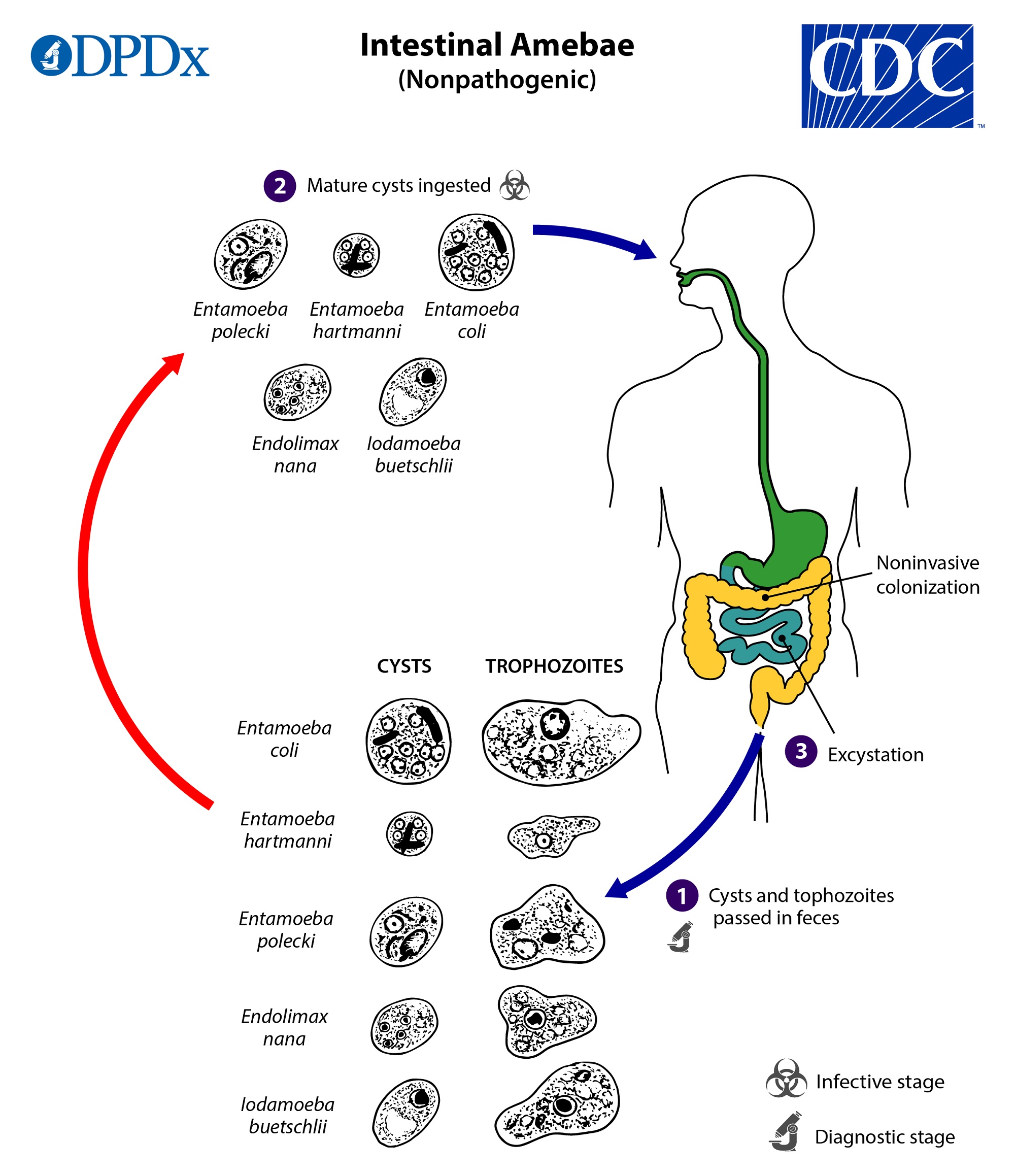Cyniclomyces guttulatus a gastrointestinal yeast of rabbits is considered an uncommon nonpathogenic pass through organism and possible opportunistic pathogen in dogs that consume rabbit feces.
Non pathogenic yeast in dog stool treatment.
If the yeast infections are due to an allergy to the yeast itself feeding a yeast free diet will resolve all symptoms.
In rabbits cyniclomyces guttulatus lives in the intestines and stomachs but in dogs it is the bile ducts along with the intestines.
Of the yeast in healthy and diarrhoeic dogs was performed followed by a prospective study on the effects of nystatin treatment in dogs with chronic diarrhoea excreting large numbers of c.
13 were responders in that their diarrhoea subsided for more than two weeks and the faeces were cleared of the yeast.
Talk to your vet about prescription dog foods.
How a systemic yeast infection is diagnosed.
Prevention and treatment involves determining the exact underlying cause.
However it is found worldwide and some areas of southern california canada and australia have been found to be more prone to the fungus.
Given that the it was also not clear whether this yeast has the potential to induce inflammation a hallmark of primary pathogens histopathological.
Ask your vet about tests to identify allergens.
He or she may take scrapings from your pet s skin to check yeast levels or a sample of your pet s stool may be analyzed for the presence of large amounts of yeast.
As long as the yeast causes the dog no harm it isn t considered a parasite in veterinary terms.
According to natural dog health remedies yeast infections in dogs are caused by an organism known as candida albicans which is both a yeast and a fungus.
Cryptococcosis is a localized or systemic fungal infection caused by the environmental yeast cryptococcus.
A minority of researchers consider the yeast pathogenic or capable of causing disease.
The comprehensive stool analysis is an invaluable non invasive diagnostic assessment that permits objective evaluation of the status of beneficial and imbalanced commensal bacteria pathogenic bacteria and yeast fungus.
A yeast infection in a dog s mouth is extremely rare but can cause abnormal drooling oral discomfort and problems eating.
This retrospective study aimed to characterize the presenting complaint clinical findings location.
However a response was noted in the remaining 21 37 dogs.
Precise identification of pathogenic species and susceptability testing greatly facilitates selection of the most appropriate pharmaceutical or natural treatment agents.
This fungus grows in bird droppings and decaying vegetation and is generally associated with eucalyptus trees.
Excessive drooling can also be a sign of other problems in the mouth such as an abscessed tooth or bee sting marrinan says so pet parents should take their dog to the vet to determine the cause.










